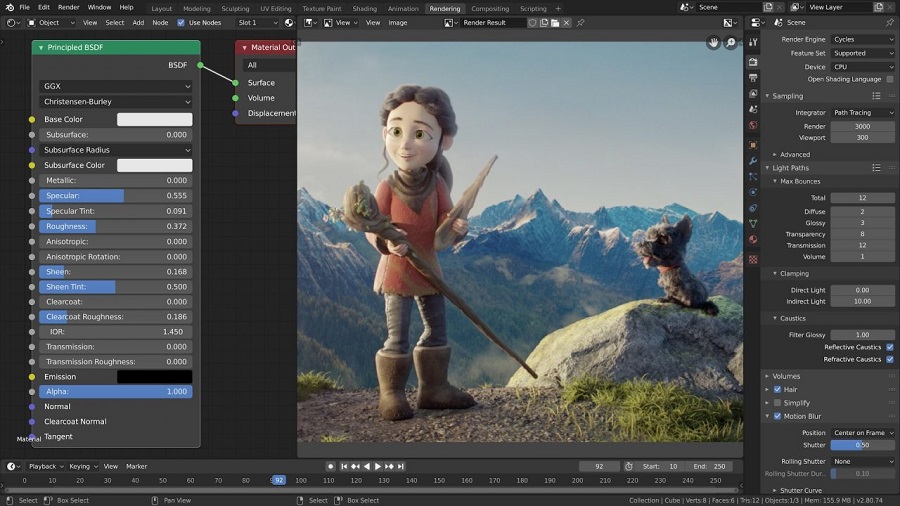
Blender for Designers: A Comprehensive Guide to 3D Creativity
Blender, an open-source 3D creation suite, has become a vital tool for designers in various fields. This article explores Blender’s capabilities, usability, and how it stands out as a resource for professionals and hobbyists in the design world.
User Interface and Ease of Use
Blender’s user interface, though complex, is highly customizable. It offers a diverse range of tools and features that cater to both beginners and experienced users. The layout is intuitive, with panels and windows that can be rearranged according to user preference.
For new users, Blender provides comprehensive tutorials and resources, making the learning curve smoother. The community support and regular updates also contribute to an enhanced user experience.
Modeling and Animation Tools
Blender shines in its wide array of modeling tools. These tools allow for detailed and intricate designs, suitable for applications in animation, game development, and more. The software supports various modeling techniques, including sculpting, texturing, and rigging.
In terms of animation, Blender offers advanced features like rigging, skinning, and non-linear editing, making it a potent tool for animators and filmmakers.
Rendering and Realism
The software’s rendering capabilities are impressive, thanks to its powerful Cycles rendering engine. It allows for photorealistic rendering, essential for designers who work on detailed projects requiring high-quality visuals.
Blender also supports real-time rendering, which is a game-changer for interactive design work like game development and virtual reality.

Integration and Compatibility
Blender is compatible with most major operating systems, including Windows, macOS, and Linux. Its ability to integrate with other software tools, like Adobe products, makes it a versatile tool in a designer’s arsenal.
The software also supports a range of file formats, ensuring easy import and export of assets.
Conclusion: Blender’s Role in Modern Design
Blender is more than just 3D software; it’s a comprehensive solution for designers seeking versatility, power, and creativity. Its robust features and growing community make it an indispensable tool in the world of modern design.





